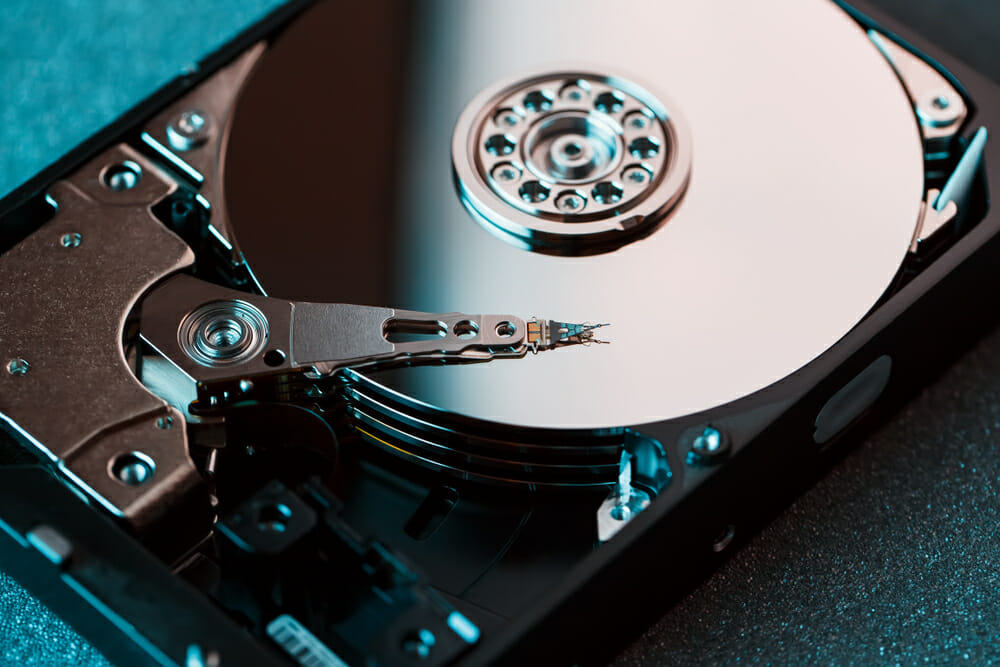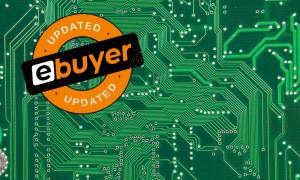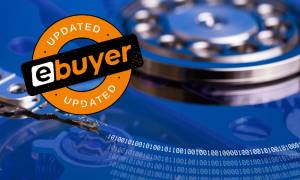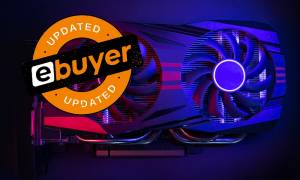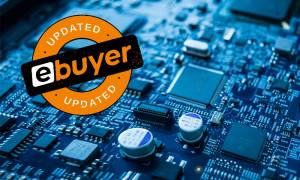This blog was updated in June 2022.
With the advanced components required for modern desktop PCs and laptops to run efficiently, it’s important to understand the technical specifications of your computer.
Without this knowledge, you might not know what it’s capable of, and this means you might suddenly find yourself unable to run the games and programmes you want to, and nobody wants that.
When you know what components you have inside your computer, you can accurately gauge software suitability, programme performance, and the overall quality of your machine But how do you check what computer processor you have, or your RAM and graphics cards?
In this guide, we’re going to walk you through what these components are, and how to check what model is integrated into your machine without having to take the side off your rig.
What is a processor in a computer?
For those asking, “what does the CPU do?”, the CPU, or processor, is the most important part of your computer. The processor is responsible for performing all the necessary calculations to run your computer, and the more powerful it is, the more calculations it can make in one go.
These calculations are essentially the basic instructions used by the computer’s operating system to run everything. No processors, no computer. So you can see why it’s important to know which type you have.
What is RAM in a computer?
RAM (random-access memory) acts as a temporary memory for your computer for use in start-ups and programmes. While all data on your computer will be stored on your hard disk drive or solid-state drive, your RAM will pull certain parts of it to speed up computer functions.
When you’re streaming a movie, gaming, or using any App, the RAM is at work reserving its space for using these programmes, giving the CPU quick access and then cleaning this data out when you stop. It’s also vital for a faster start-up on your computer.
Don’t forget, if you need an upgrade then we stock a huge range of desktop PC memory.
What is a graphics card in a computer?
The graphics card is another crucial component for your computer, specifically for rendering images, videos, and animations on your monitor. It does all the calculations needed for this so your processor can focus on other things.
Without a graphics card, you wouldn’t be able to game properly. Your CPU can handle basic tasks, but when it comes to triple-A games, a good graphics card is essential to run them at the graphics quality they were intended to be viewed at. We’ve got top-of-the-line NVIDIA graphics cards, plus plenty of powerful AMD graphics cards too.
How to check what processor you have?

If you’re wondering how to find out what processor you have, how to check what RAM you have, or how to see what graphics card you have installed, there’s one very easy way to do this on your computer.
The first thing you need to do is open the DirectX Diagnostic Tool (dxdiag) on your PC. The dxdiag box is a running measurement of your PC’s specifications. To access it, you need to take the following steps:
- Click Start.
- Then depending on what version of windows you have, wither click ‘run’ to open a new box or simply type dxdiag in the open box at the bottom of the menu. The DirectX Diagnostic Tool should then appear.
- Opening this tool, click on the ‘System Tab’ information about your processor, RAM, and operating system (shown in the image below).
- From these tabs, you’ll be able to see all the information you need about these components, and you can access your graphics card information via the display tab as well.
Why do I need to know what processor I have?
Simply put, you need to ask questions like what CPU you have and how much RAM you have to find out what your desktop PC or gaming laptop is capable of. How else will you know what it can and can’t handle?
Many programs require a certain standard of technical specification to run effectively on your PC. For example, a modern first-person shooter game could require a high-end processor, at least 4GB of RAM, and a decent graphics card. Anything less will slow the computer down, and in some cases, halt the game completely.
But this knowledge isn’t just beneficial for gamers. Anyone who needs to overhaul their PC or check they can run certain software should know where to find this information on their computer.
And if you’ve familiarized yourself with your computer’s tech specs and found them lacking, don’t forget that here at Ebuyer we’ve got everything you need from motherboards to gaming monitors.
Of course, if what you’re after is even more tech info, then you should head straight over to the Ebuyer blog for more detailed articles like this one.




